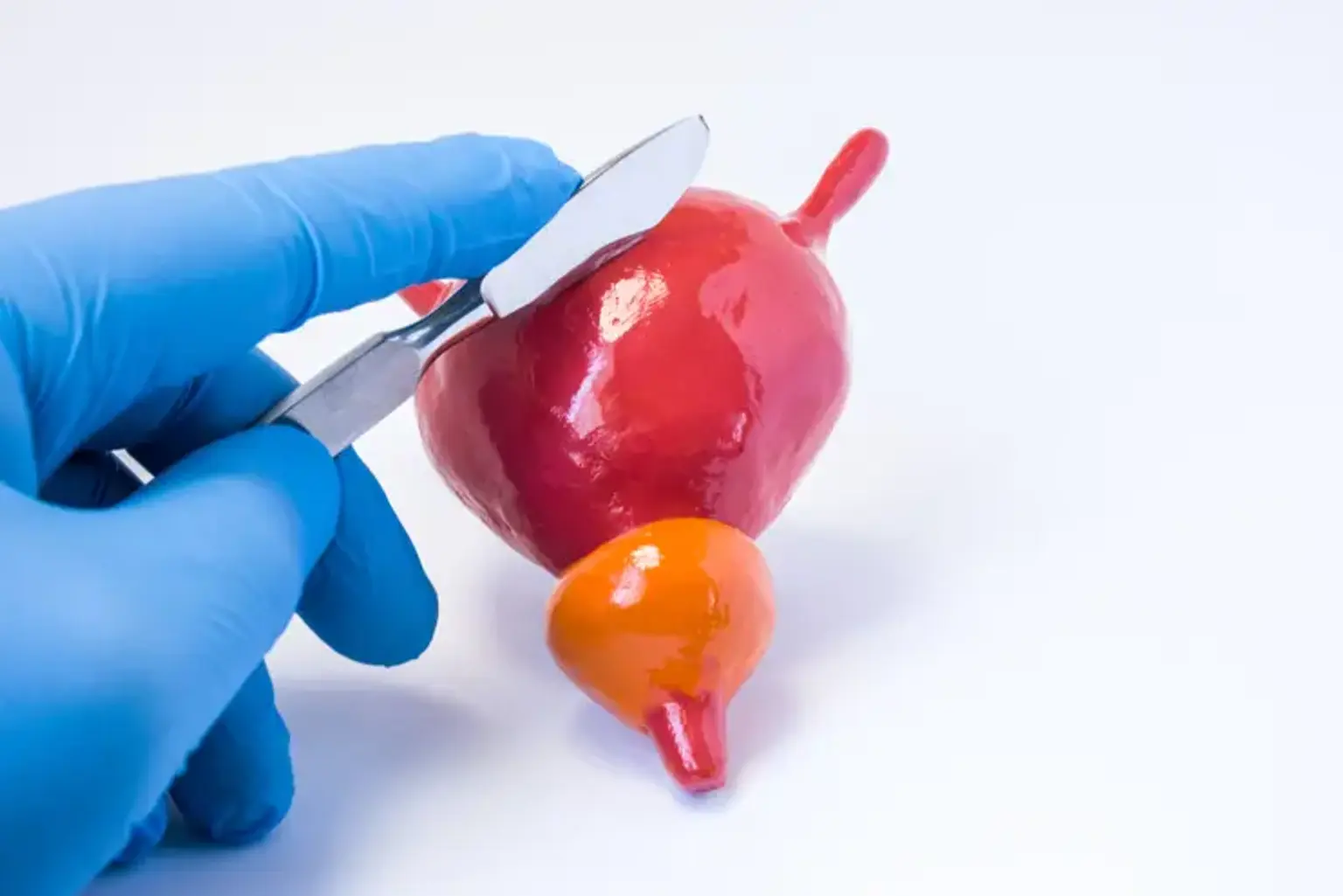Bladder Removal Surgery
Overview
Cystectomy) Bladder Removal Surgery) is a difficult surgical procedure in which the urinary bladder is partially or completely removed by a surgeon.
Bladder removal surgery is most commonly used to treat invasive bladder cancer. Cystectomy is occasionally performed by doctors for benign abnormalities of the bladder and urinary system.
To remove the bladder, your surgeon will use one of many procedures, or surgical approaches. Your doctor will undertake reconstructive surgery after removing some or all of the bladder. Reconstruction develops a new mechanism for your body to store and eliminate pee.
